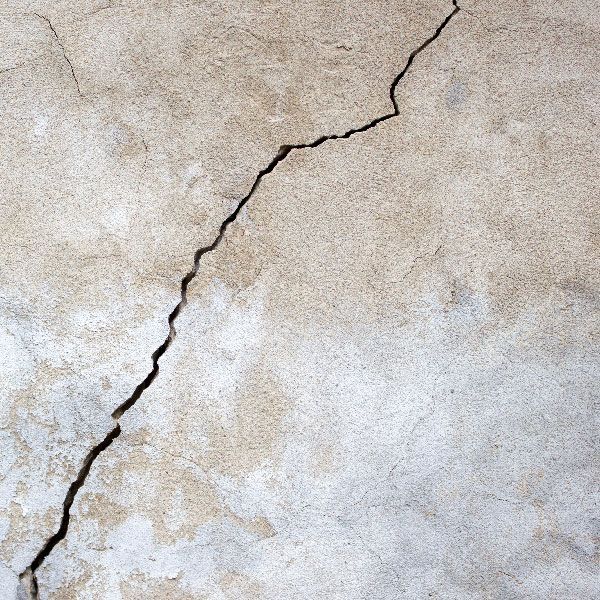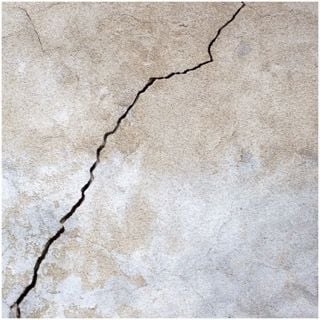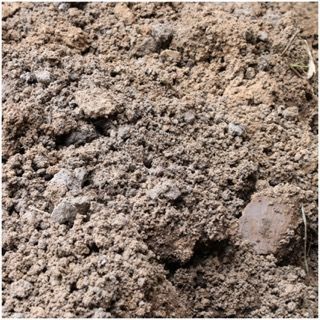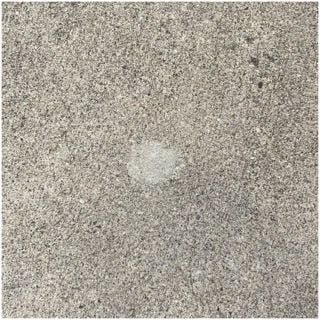What are the biggest problems with concrete leveling?
August 22nd, 2022 | 5 min. read
By Sarah Etler

This article gives a detailed look at four of the most common problems with concrete leveling, their solutions, and how you can avoid them in the first place.
While professional concrete leveling is generally much less expensive and faster than other concrete repair options, it does come with some potential problems if not performed correctly.
At A-1 Concrete Leveling, we’ve been in the business of helping homeowners and business owners all over America with quality concrete leveling for over 30 years. During this time, we’ve seen the problems with concrete leveling and developed their solutions.
This article will cover the top four problems that can occur with concrete leveling, and also provide you with solutions and ways to prevent the problem from happening in the first place.
It is worth mentioning that while these problems with concrete leveling can occur, they are quite rare and often completely avoidable when the service is being done by a trained and experienced professional.
The 4 Most Common Concrete Leveling Problems
- Cracks and breaks can show up for the first time or become wider
- Concrete can resettle if the sub-material isn't solid enough or erodes over time
- Unanticipated obstacles can make concrete leveling repairs tricker and more expensive
- Patched drill holes may not completely match the existing concrete
Problem #1: Cracks and Breaks
When concrete is leveled, cracks can open up wider or show for the first time where they were unnoticeable before the service. The leveling itself generally doesn’t actually cause the cracks but can make them more obvious as the slabs are lifted back into their original position.
Most of the time these are small hairline cracks, but they can be larger breaks. A reputable concrete leveling company will come prepared with the solution to these cracks, however.

How to prevent cracks and breaks from happening
There’s not much that can stop cracks and breaks from forming, but good maintenance practices from the beginning of the concrete’s life can slow them down.
You can minimize the likelihood of breaks occurring by making sure your concrete doesn't have voids underneath, and you can prevent them from becoming larger by having them professionally caulked.
How to fix concrete cracks and breaks
If you find yourself with new or worsening concrete cracks, your concrete leveling company should come prepared with the right materials to caulk them.
Concrete caulking can help conceal cracks and protect them from getting bigger. This is done by applying a special polymer caulk that seals the cracks, preventing more water from entering and causing damage.
Concrete caulking can be done with materials that help it blend in, making them less noticeable and protected from freeze-thaw cycles at the same time, but it is important to remember that the breaks won’t go away completely after being caulked.
Problem #2: Resettling
Sometimes, after a concrete slab is lifted, it can settle again. This can be caused by a number of factors, like water eroding the soil underneath the leveling compound.
Settling can still naturally occur with older slabs of concrete, but natural settling is the most common in concrete less than five years old as the soil and land around the slab shift and compact during this time.

How to prevent resettling from happening
Resettling can be slowed and/or prevented by taking some extra precautions. As water naturally washes away soil and erodes the area around a slab, settling can happen more quickly if it’s not addressed.
Backfilling the exposed sides of a concrete slab with soil will offset the erosion and help support the slab. Simply add soil, sod, or landscaping materials to the borders of the concrete slabs as part of your regular landscaping maintenance.
Another method to prevent resettling is rerouting downspouts away from areas that will cause excess erosion around the slab. Plastic downspout extensions for extending gutter pipes are cheap and can be attached and moved to a place where excess drainage won’t cause damage to concrete slabs.
How to fix resettling
While unideal, resettling can occur, and it’s important to know your concrete leveling company’s policy on fixing resettled slabs.
A-1 Concrete Leveling offers a 3-year transferable warranty on slabs that are over five years old, so if resettling does occur, we will come and lift the slab back to its level position.
Problem #3: Unforeseen Circumstances
While the majority of concrete leveling repairs work out without any issues, sometimes things come up that weren’t initially expected.
Physical obstacles like pipes or tree roots, unconventional craftsmanship, and larger-than-expected voids under the concrete slab are unanticipated hurdles that can all make concrete leveling repairs trickier and more expensive once repaired.

How to prevent unforeseen circumstances from interfering
While it’s impossible to completely erase hidden obstacles from concrete leveling jobs, they can interfere less with the repair if you have a trustworthy concrete leveling company visit the repair site and give you a thorough estimate, looking for signs of possible problems.
An experienced company will be able to walk you through the potential outcomes of your specific repair and give their best guess as to what will happen based on what they have seen in past repairs.
How to fix surprise obstacles that appear
There’s no guarantee what a concrete leveling team will be able to accomplish, but an experienced crew will be able to very closely predict the result and give the best outcome possible with the given circumstances of the repair.
Problem #4: Mismatched Holes
A big advantage concrete leveling has over concrete replacement is the ability to maintain a consistent look, rather than having one or two bright, new slabs of concrete calling your attention.
The only caveat here is that in order to lift the concrete, the leveling team must drill holes in strategic locations in the slab in order to pump material into the void and recover the slab.

This isn’t so bad in and of itself, but the problem arises when these holes aren’t filled and blended by a skilled technician. In this case, they can end up mismatched and obvious. Although this is better than an entirely new slab that doesn’t match at all, it’s still not ideal to have large, obvious patches on your concrete surfaces.
How to prevent mismatched holes
Having skilled concrete leveling professionals is a surefire way to get good results when it comes to the drill holes made for repairs. Experienced technicians can trowel the concrete patch, add sand, and thicken/thin the material in an attempt to match the existing slab’s texture, and they can also add pigments to get as close as possible to the existing slab’s color.
Power washing concrete before the holes are patched is another way to reduce the likelihood of them looking out of place. Making sure the area is as clean as can be will allow the concrete technicians to match the filler to the slab more accurately.
There will always be visible patches where a concrete leveling repair took place, but they will become less noticeable over time. The tactics mentioned above can do a lot to conceal them, but they will rarely be fully invisible.
Now what?
Now that you’ve gotten to know the problems that can happen with concrete leveling, you know what concerns to bring up to your concrete leveling team.
The problems listed here are industry-standard, so a reputable concrete leveling company should have no issue walking you through how they will minimize or solve the problems, or letting you know if they will affect your specific project.
It’s not a coincidence that we at A-1 Concrete Leveling have solutions and prevention methods for all four of the problems discussed in this article. We are constantly reviewing our process and exploring ways to improve, which is why we’ve become America’s largest concrete leveling company.
Interested in exploring how concrete leveling can renew your unlevel concrete? Click the link below to schedule a free estimate with a member of the A-1 Concrete Leveling team!
Click Here to Find Your Nearest Location and Receive a FREE Estimate
Sarah Etler joined A-1 Concrete Leveling after receiving her Bachelor of Arts degree in English from Northern Kentucky University. As A-1's Content Marketing Manager, she works closely with industry experts to produce content that will best answer questions related to concrete repair and maintenance practices. Sarah loves living a life full of discovery and is excited every day to see what new things she can learn and share with those around her.